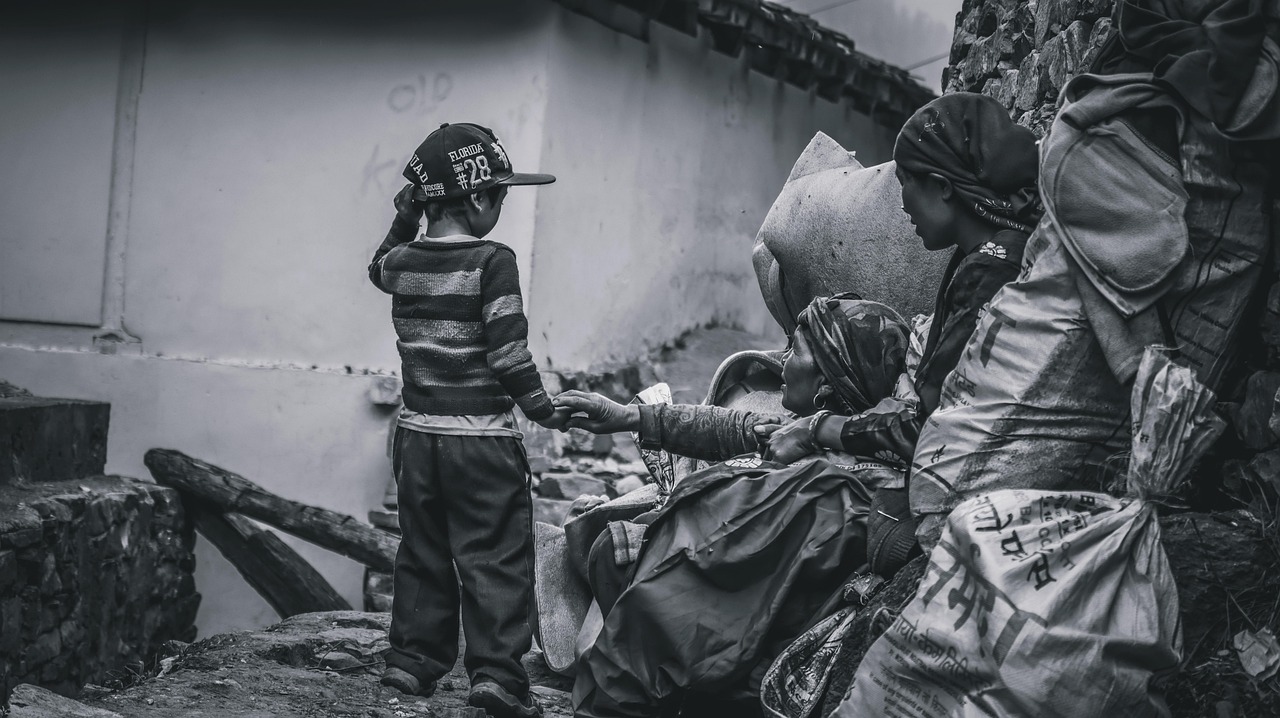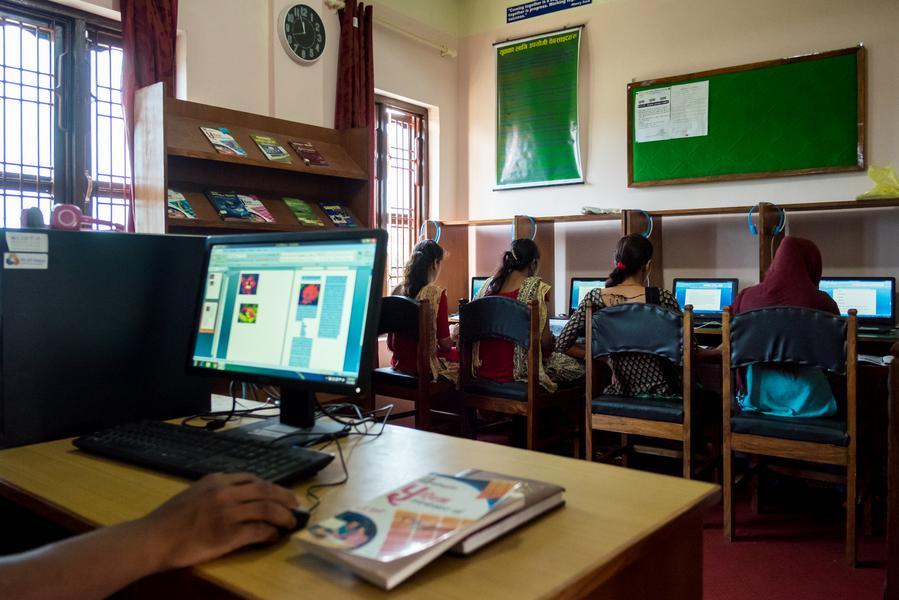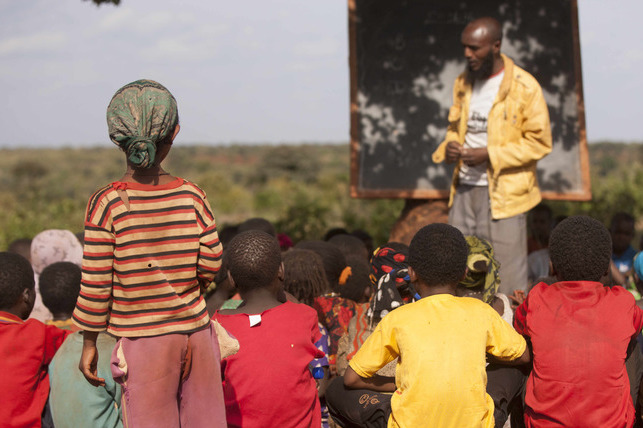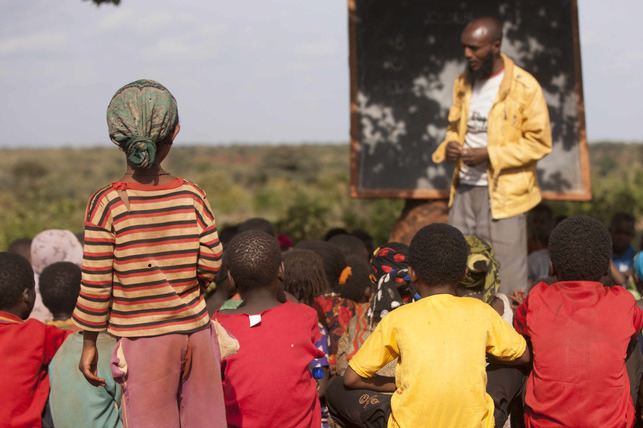Context
Syria’s education system has been nearly destroyed by over a decade of conflict, which displaced over half the population and pushed 90% of households below the poverty line (as of 2022). 3.7 million children lived in areas affected by the earthquake, and over 2,500 schools were impacted. Hundreds of schools were damaged, while many others were converted to temporary shelters for survivors and those displaced. Many schools closed in earthquake-affected areas, disrupting the education of many children, including high schoolers who had to sit for national exams. It was imperative to mitigate learning loss and support long-term recovery for children affected by the earthquake.
Solution
The GPE-funded project was designed to address the immediate educational and psychosocial needs of children affected by the earthquake. It focused on equitable access to gender and age-appropriate learning for marginalised children, safe and inclusive learning environments, and psychosocial support for teachers, children and youth. The funds were used to set up a Non-Formal Education (NFE) system, temporary learning spaces, cleaning and repairing damaged schools, and providing psychosocial support. Targeted support was prioritized for 9th and 12th graders preparing for national exams, and for early childhood education, as per demands from students and parents. Learning was complemented by psychosocial support, recreational activities, and extensive provision of educational supplies. Innovative tools like the “Learning Cinema” enabled wide access to interactive content, using affordable technology and low power consumption.
Furthermore, teachers were equipped with materials and trained on emergency pedagogy and psychosocial support. Coordination was central to delivery, with UNICEF and Save the Children (SC) aligning efforts with national structures, ECW, and GPE frameworks. An adaptive management approach, including real-time feedback loops and no-cost extensions, allowed for program flexibility. Regular cluster coordination, technical harmonization, and multi-sectoral partnerships further ensured context-specific implementation and scale-up.
Impact
The program effectively mitigated learning loss, significantly exceeding targets in access (reaching 17,500 children, including 8,939 girls and 344 children with disabilities), supplies (reaching 136,868 children), and community engagement (140,378 children). A total of 16,336 children, including 8,364 girls and 266 children with disabilities, accessed education services through temporary learning spaces. Additionally, 369 teachers and education personnel—185 of whom were women—were trained in psychosocial support, reaching 7,308 children, including 3,754 girls and 575 children with disabilities. The initiative successfully supported educational recovery, continuity, and resilience for the most marginalized children in crisis-affected areas. The long-term impacts of this intervention remain to be fully seen and evaluated.












